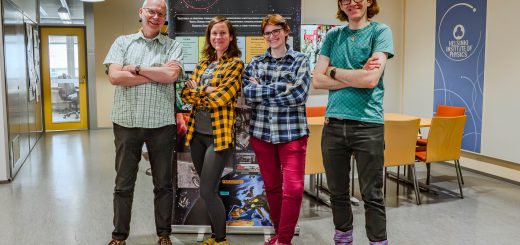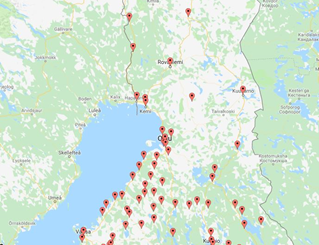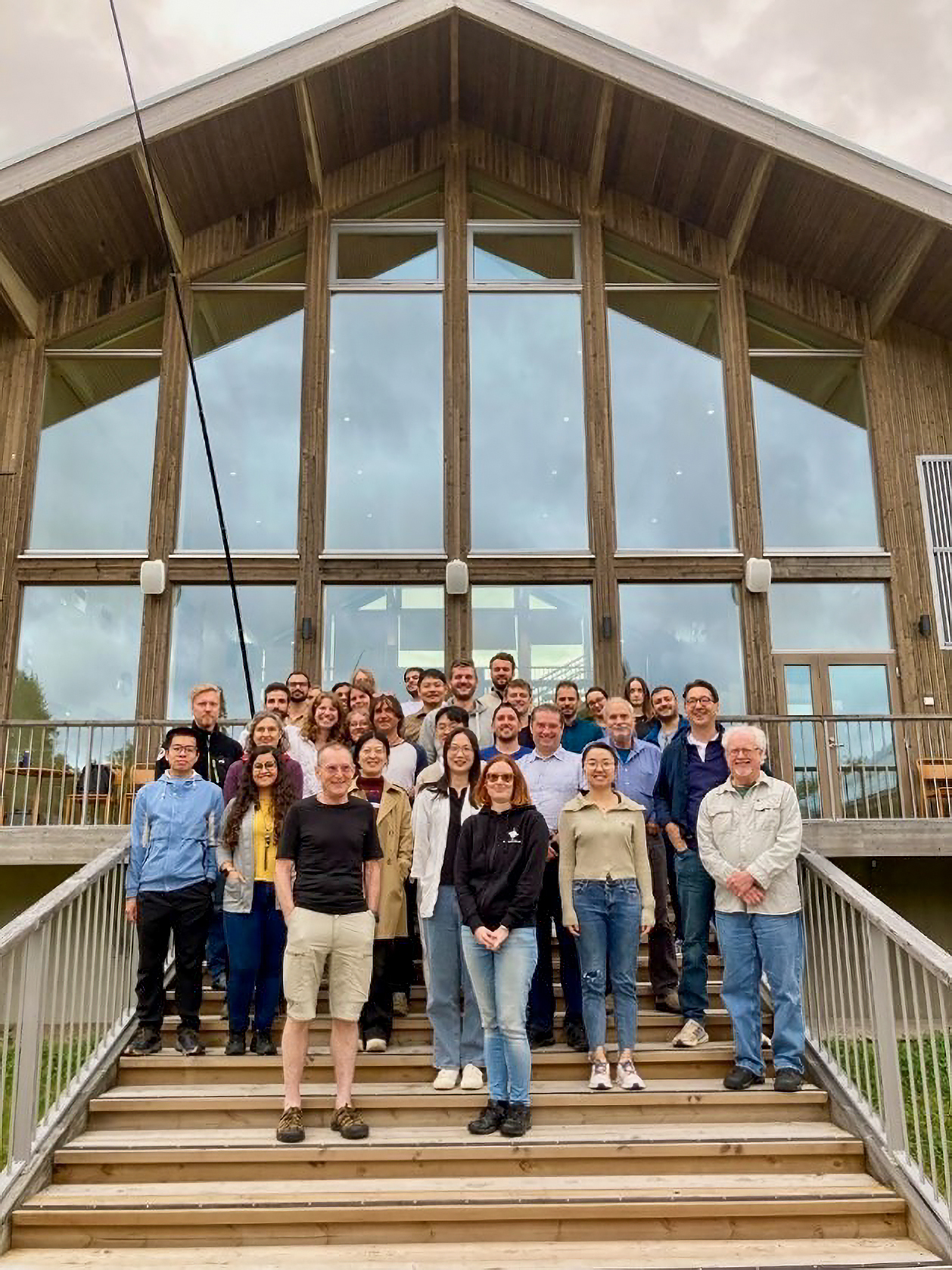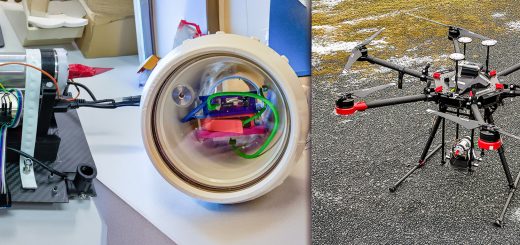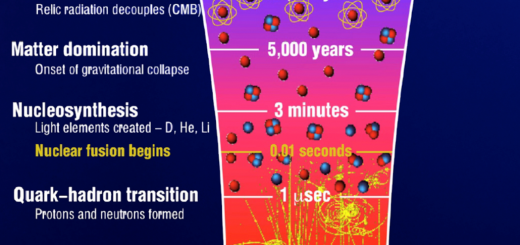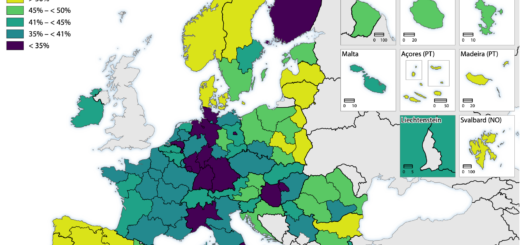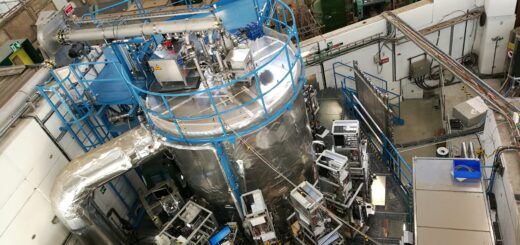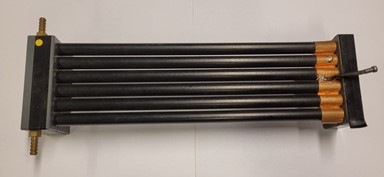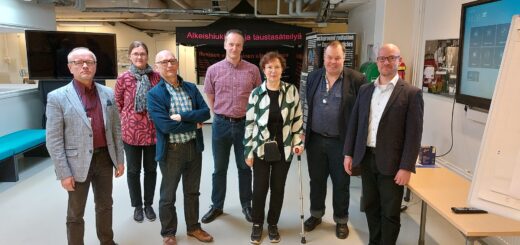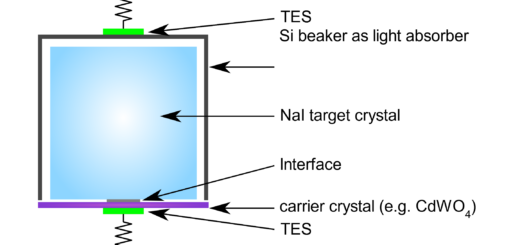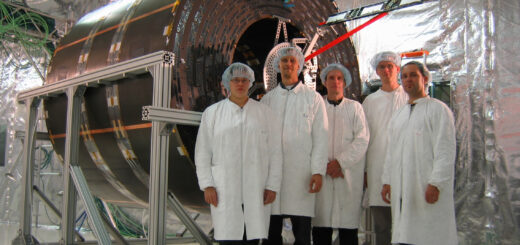The impact of our research on the climate crisis
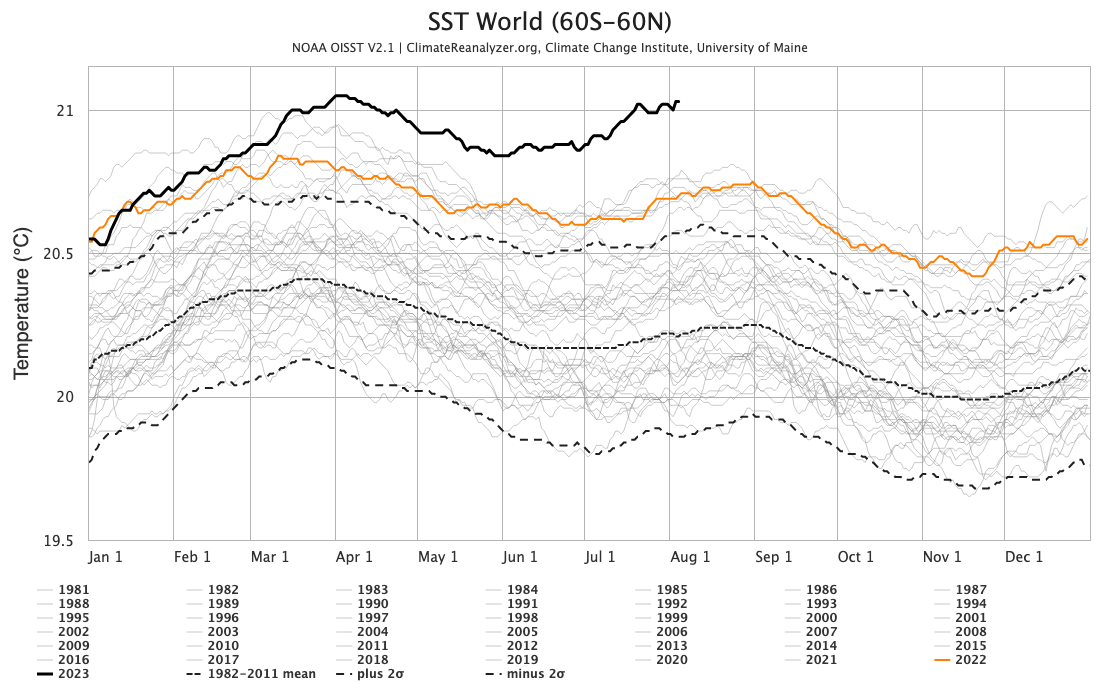

In summer 2023 the average daily sea surface temperature was 0.8°C above the mean for this time of the year (more than 4σ deviation), while the Antarctic ice extent was at its lowest ever for this time of year (more that 5σ deviation). The climate crisis is the biggest threat humanity has faced, and as we continue to break records and devastating weather events are seen across the world, it is becoming a problem we cannot and should not ignore. It is easy to believe that our work is far removed from the climate crisis: after all, working on high energy physics, astroparticle physics or cosmology does not seem to have much to do with the climate. Nonetheless, we have to ask ourselves what role we play in this crisis. Are we part of the solution or part of the problem?
The Earth’s climate and astroparticle physics may be more connected than they seem: the Earth is constantly being bombarded by cosmic rays – charged particles coming from outer space, and these may affect cloud formation and properties. As even small variations in clouds can impact the Earth’s climate, it is important to understand the interplay between clouds and cosmic rays. The CLOUD experiment, in which HIP members play a significant role, is trying to simulate cloud formation in the presence of cosmic rays in a controlled environment. The hope is that this will contribute to making climate models and projections more precise.
Nevertheless, we also have to look at the possible negative impact of our research. Several studies have been done analysing the carbon footprint of different research institutes, such as CERN and the Max Planck Institute for Astronomy (MPIA) in Heidelberg. The latter found that the average greenhouse gas emissions per researcher at the MPIA in 2018 was 18.1 tCO2e (tons of CO2-equivalent emissions), and this does not include personal (non-MPIA) emissions. For comparison, in the same year the average emissions per resident in Germany was 9.66 tCO2e and for Finland it was 10.1 tCO2e. While this may not be representative of all research institutes, it does give us a starting point to talk about how much our research is impacting the climate.
This impact has not gone completely unnoticed in the community, and several initiatives have appeared over the last few years to address this issue, such as Astronomers for Planet Earth and the Sustainable High Energy Physics workshops (in 2021 and 2022). These workshops resulted in a Reflection Document, which includes a reflection on the environmental impact of our work and recommendations for improvements. Across these initiatives, two main areas are always discussed: travel and electricity.
Flights accounted for 47% of the greenhouse gas emissions per researcher at the MPIA in 2018 (or 8.5 tCO2e per researcher). While a lot of these were intercontinental flights, about 10% of the total flight emissions came from short-haul flights within Europe. While travelling to international conferences is commonplace for researchers, the climate impact of these events cannot be overlooked. In-person conferences were largely stopped in 2020 and 2021 due to the ongoing COVID-19 pandemic, which provided a chance to directly compare the climate impact of in-person and remote conferences. This was done for the annual European Astronomical Society (EAS) meeting, which was held fully in-person in 2019 and fully remote in 2020. The study found that the fully remote conference had 3000 times less greenhouse gas emissions than the in-person meeting.
This dramatic difference in carbon footprint makes a strong case for remote conferences. Online events have other advantages, such as improved access for people who may not be able to travel due to medical, financial, or other personal reasons. Nevertheless, attending international conferences provides invaluable networking and discussion opportunities, especially for early-career researchers. A hybrid approach with both remote and in-person participation, as has been adopted in many scientific conferences over the last couple of years, can combine the advantages of in-person and remote conferences. However, if we wish to keep in-person participation in conferences, we have to take steps to reduce the overall carbon footprint of these events, such as by changing the way people travel. Figure 2 shows a breakdown of how many EAS 2019 participants (of those who answered the survey) travelled to the event by train and plane, and how many hours the corresponding train journey would have taken them. This shows numerous participants choosing short-haul flights instead of relatively short train journeys. While people might have personal reasons for choosing to take short-haul flights, more could be done by universities to encourage sustainable travel to conferences. For example, some universities in the Netherlands and Belgium require researchers to take the train for connections that take less than six hours, and similar policies are gradually being set in other universities.
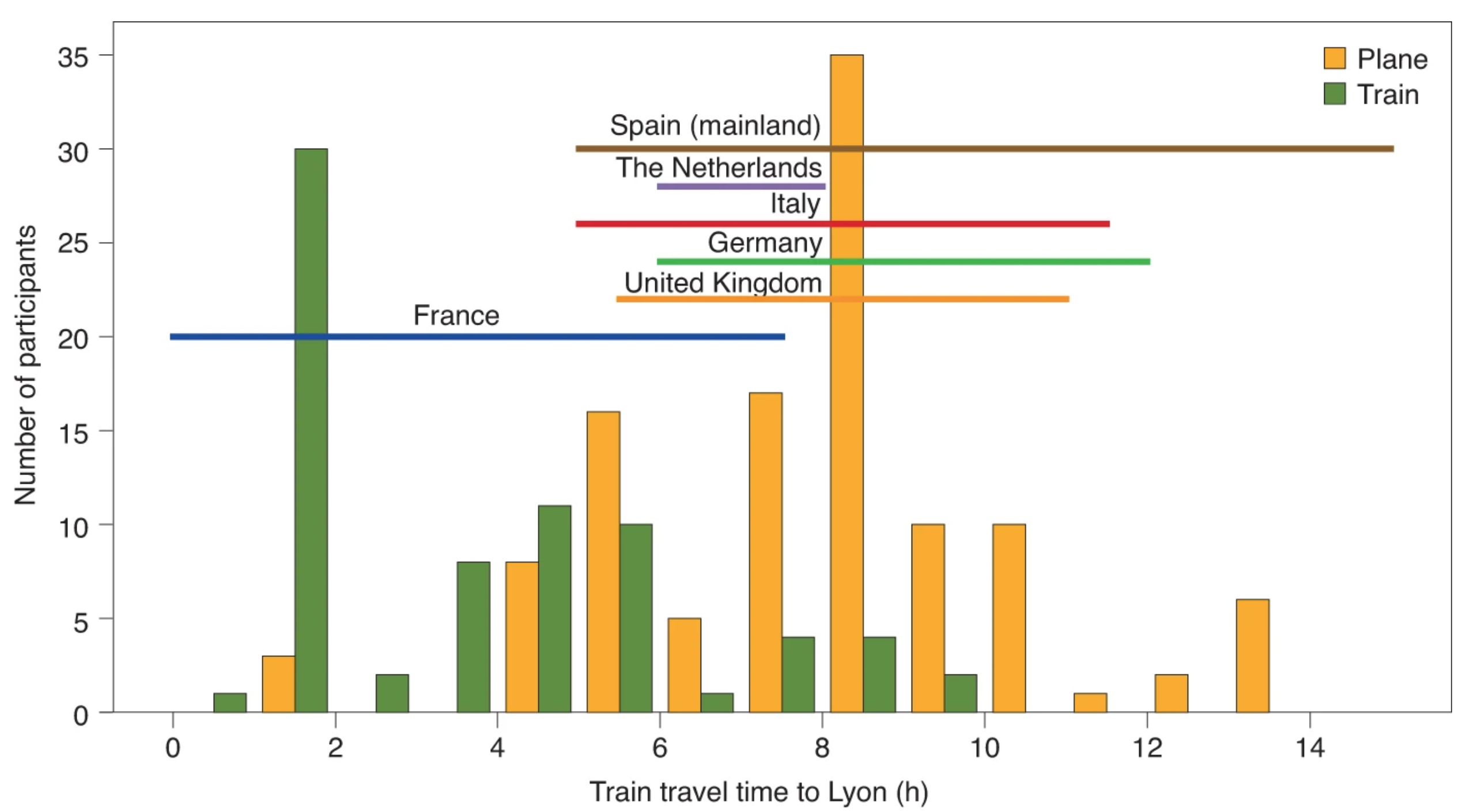
Another substantial source of climate emissions in science is electricity consumption. Using again the example of the MPIA, electricity costs accounted for 29% of the greenhouse gas emissions per researcher (or 5.2 tCO2e per researcher per year), most of which (75-90%) was for computing or supercomputing resources. The source of the electricity used for these has a big impact on the computing-related carbon footprint. In this regard, the CSC data centre in Kajaani, which many researchers at HIP use, is exemplary with its use of renewable energy and negative carbon emissions.
Nonetheless, given the carbon emissions associated with the use of supercomputers, it is important for the scientific community to strive towards an efficient use of these resources. This can come from optimising the codes we are using, finding ways to minimise the amount of times we need to perform computationally intensive jobs, careful storage of data and results, among others. Overall, with conscious consideration about how we use supercomputers, we can also reduce the carbon cost of our research.
A core principle of science is to revisit our theories in light of more data. We should also adjust our approach to science when faced with more data. And the data is clear: scientific research has a non-negligible impact on the climate crisis. However, initiatives such as Astronomers for Planet Earth and the Sustainable High Energy Physics workshops show that there is a desire in the community to reduce this impact, and there are direct steps we can take to achieve this. Some of these require institutional change, and some can be achieved by each of us thinking more carefully about how we carry out our research.
Deanna C. Hooper
Postdoctoral Researcher, Helsinki Institute of Physics, University of Helsinki




